Feudalism, Church Rule, Emergence of Merchant Class
Feudalism
- Medieval Period in Europe was the period from 600 AD to 1500 AD
- Derived from the word ‘feud’, which means ‘conditional ownership of land’.
Feudalism developed due to lack of a single central political authority in Western Europe as it had disintegrated into many small and big kingdoms. In such a system the local Lords became more powerful than the King and controlled the affairs of the society.
Features
- Land, not money, was the main source of power
- Lack of a central political authority + numerous Feudal Lords controlled the affairs of the society + King was not very powerful.
Villages based economy which was self-sufficient and produced little surplus for trade. The peasants worked on the land of the Feudal Lord & were exploited by the Feudal Lords. ‘Serfdom’ became an important feature of Feudalism. Whatever was produced on the Manor was consumed by the Lord and the inhabitants, while very little was traded.
[Serfs: they worked on the land of the Lord for free and had to perform all labour for him as he desired. They were not free and were tied to the land. This meant that their owners changed with the change in ownership of the land from one Lord to another. This system came to be known as Serfdom.]
The Feudal Hierarchy consisted of the King at the top. Noblemen below the King were also arranged in a hierarchy of overlords and subordinate lords. Every nobleman was a vassal, of and only of his overlord.
This hierarchical system was unbreachable i.e., a lower Lord would only follow commands of his immediate overlord and not of Lords further higher in the hierarchy.
Further, any Lord himself was not the direct owner of the land under him. He held land in the name of his overlord. Thus legally, all territory belonged to the King. Each Lord had his own soldiers and was the sole authority in his estate. Thus, there was no central authority in functional terms and King was a central authority only in legal terms resulting in very little political unity.
The Church Rule
Once the rulers in Europe accepted Christianity, the Pope, who headed the Roman Catholic Church, became the head of the Christian world in Western Europe. By the 6th century, the Pope often wielded more power than the King and could make him follow his orders.
Initially, the Monasteries were institutes of high learning & monks worked to uplift people’s moral life and for welfare of the poor. But soon, corruption crept into the monasteries. In the Middle Ages (600 AD to 1500 AD) the Church’s evils took the form of:
- Money for Church posts + Money for every ritual + Church owned & amassed huge property.
- Money for removing sins. For example, the Church started selling “Letters of Indulgence” which upon their purchase removed the need for doing pilgrimages for removal of sins.
- The Church was the only institution for education in the medieval time but becoming a Monk was the only future prospect this education offered. They taught in Latin which was not understood by the common man.
- Church made “once in a year” confession of sins to the Father compulsory and the breach of this rule mandated punishment.
- Pope, nuns, bishops etc. became corrupt & lived like princes.
Logic, Reason and Science were discouraged. There was wide belief in witches, superstition and magic. Church became violent. It ordered burning of people who opposed its ideas about God, religion and even the physical phenomena. This was done on charges of “Heresy”.
Many scientific thinkers became the victims of Church’s punishments when they proposed scientific theories which invalidated the principles (like the Earth is Flat, or, the whole universe revolves around the Earth), which the Church propagated to glorify God. Many of them were burnt after being classified as witches & as possessed by evil spirits.
Emergence of Trade, Towns and Cities
The change started to begin in 7th century when Europe came in contact with Arabs & their luxury goods & the period from 11th century onward saw rapid emergence of Towns, Trade and Crafts.
Gradually, peasants started to work as Artisans (i.e., Craftsmen) and the Merchants started to settle in these new towns. As the number of Artisans increased in the towns, the latter expanded to become cities. These cities developed, all across Europe, mainly along the land-based trade routes or around the seaports.
To cope up with the demand due to increased trade and towns as well as specialization in crafts, a change in method of production of goods was felt necessary. The Merchants and craftsmen in towns started to organize themselves in Guilds, which were specific to the good being produced.
Rise in influence of Merchant Class
The revival in trade and emergence of Towns resulted in emergence of a new class called the Middle Class, comprising mainly of Merchants. The towns slowly freed themselves from Feudal control. They had their own government, militia and courts.
The people were not tied to the land, had freedom of occupation and could move around freely. The extent of social mobility that these towns offered attracted peasants from villages.
The Serfs were free in Towns, and they provided the necessary workforce for the Merchants. The influx of more peasants provided a domestic market for the goods produced in towns. In towns, the economy was money based and land was not the main source of power. Gradually, the Merchants started influencing not just the social and economic, but also the political life in towns.
Transition to Capitalist Economy
A cash based economic system was introduced in towns & life revolved around money, rather than land. Land was used for production of cash crops, which acted as raw material for manufacture of non-agricultural goods and the peasants in towns received payment in cash.
The profits, in form of money, could be reinvested in trade & industry unlike the idle wealth in form of gold and silver. Such wealth or money was called ‘capital’. The towns became a center of production instead of the village.
King Merchant Nexus and the Peasant Revolts
A nexus between King & Merchants developed as both wanted power – political & economic. While Kings wanted to get rid of dependence on the Lords and desired less interference of the Church, the Merchants wanted to enjoy freedom of trade and social status, which the monetary profits brought through trade and commerce.
During the 14th century there were many peasant revolts against the Feudal institutions as well as the Church. Thus, due to all these developments, the Feudal system began to decline, though it completely ended only by 18th & 19th century.
For more updates, explore the Ancient India History. Feel free to share your thoughts and comments.
If you’re passionate about building a successful blogging website, check out this helpful guide at Coding Tag – How to Start a Successful Blog. It offers practical steps and expert tips to kickstart your blogging journey!



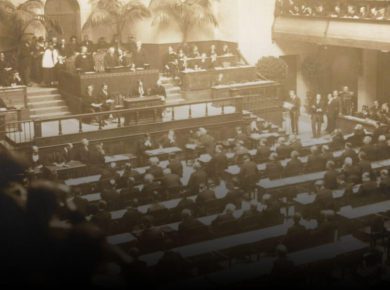
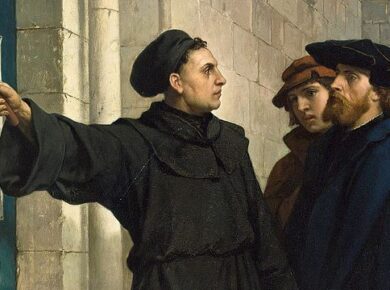
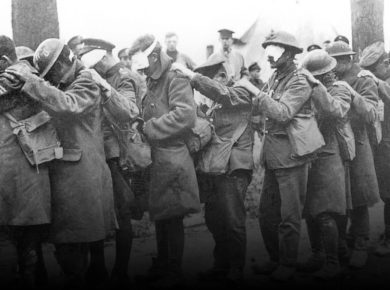
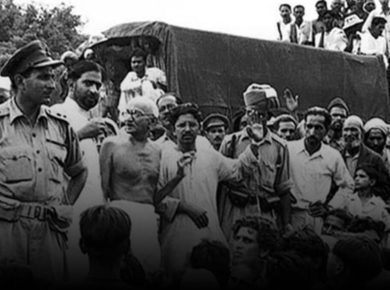
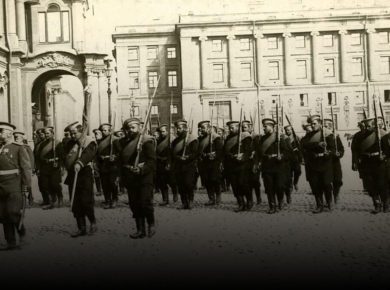
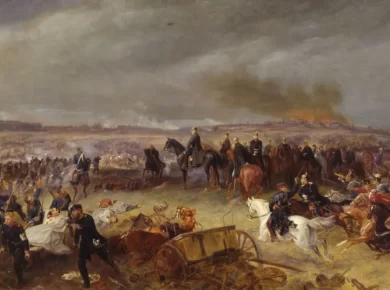
2 comments
Most useful site for UPSC aspirants.
After visiting this site, no need to prepare notes.
thankyou very much to share the knowledge.